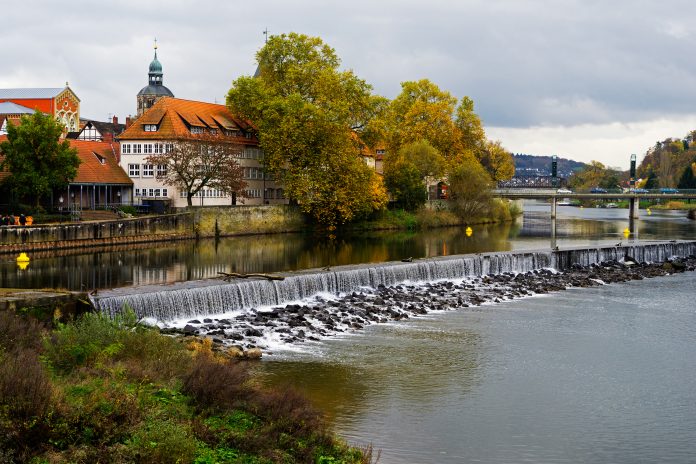The Urban Waste Water Treatment Directive (UWWTD) has shown an overall improvement in collection and treatment of wastewater in Europe’s cities and towns
The European Commission recently published the 10th report on the implementation of the UWWTD that revealed the overall improvement, but it also pointed to different success levels between the Member States.
The report is part of the Europe’s zero pollution ambition and comes ahead of the Chemicals Strategy which will be adopted in the coming weeks.
Why is the UWWTD needed?
Untreated urban wastewater can be contaminated with harmful chemicals, bacteria and viruses and thus presents a risk to human health. It also contains nutrients such as nitrogen and phosphorous which can damage freshwaters and the marine environment by promoting excessive growth of algae that chokes other marine life.
The 10th report on the implementation of the UWWTD shows that compliance rates with EU wastewater collection and treatment rules are high and have increased compared to the previous reporting period. This improvement helps prevent pollution of the environment.
More finance and planning support is needed
While the improvement is positive news, full compliance with the Directive has not yet been achieved. Finance and planning are the main challenges for the water service sector.
EU Commissioner for the Environment, Fisheries and Oceans, Virginijus Sinkevičius, said: “This report confirms that the collection and treatment of wastewater is improving all over the EU. The EU rules have played a crucial role in improving the quality of the rivers, lakes and seas on our continent, with a beneficial impact on European citizens’ health and quality of life.
“However, progress has not been even and in some EU Member States wastewater infrastructure needs better planning and more financing. We will now do our utmost to drive innovation and new investments in environmental infrastructure everywhere in Europe.”
The report shows that 95% of urban wastewater in the EU is collected and 88% is biologically treated. However, there is still work to do – 1% of urban wastewater is still not collected and over 6% is not sufficiently well treated to meet secondary biological treatment standards.
The current level of investments in many Member States is too low to reach and maintain compliance with the Directive in the long term, with several EU towns or cities still needing to build or modernise their infrastructure for collecting waste water, as well as to put modern treatment plants in place.
The report includes over 23,500 EU towns and cities that are home to over 610 million people and their equivalents of urban wastewater every year. This is around 490 million bathtubs of wastewater per day.
Next steps
The European Commission aims to modernise the Directive and has launched an impact assessment to evaluate different policy options to aid this.
Their priorities include finding ways to deal with contaminants of emerging concern such as pharmaceuticals and microplastics and considering whether regular surveillance of urban wastewater can enhance the EU preparedness in managing the COVID-19 pandemic, or similar diseases.











